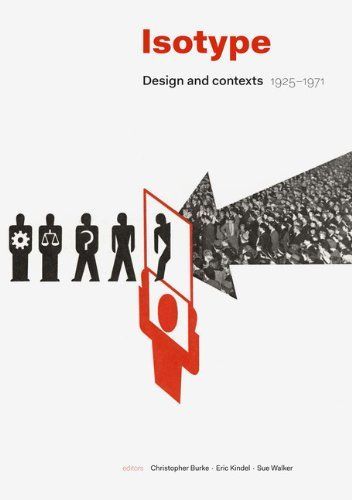
Isotype Design and Contexts 1925 1971
Austrian sociologist Otto Neurath developed the Isotype system of pictograms in the early 1930s as a way to communicate complex information in visual form. Appearing in a variety of media, including books, posters, and films, it was designed to inform ordinary citizens about their place in the world. Isotype is the first comprehensive account of this seminal movement in the history of visual communication. Featuring new research, including previously unseen visual material, this long-overdue account traces the development of the Isotype system from its birth in prewar Vienna, through a wartime shift of production to the Netherlands, and finally to 1940s England, where the Isotype Institute continued to produce work until 1971. Isotype documents the visual system's worldwide influence, including its educational uses by the United States, Soviet Russia, and Africa.